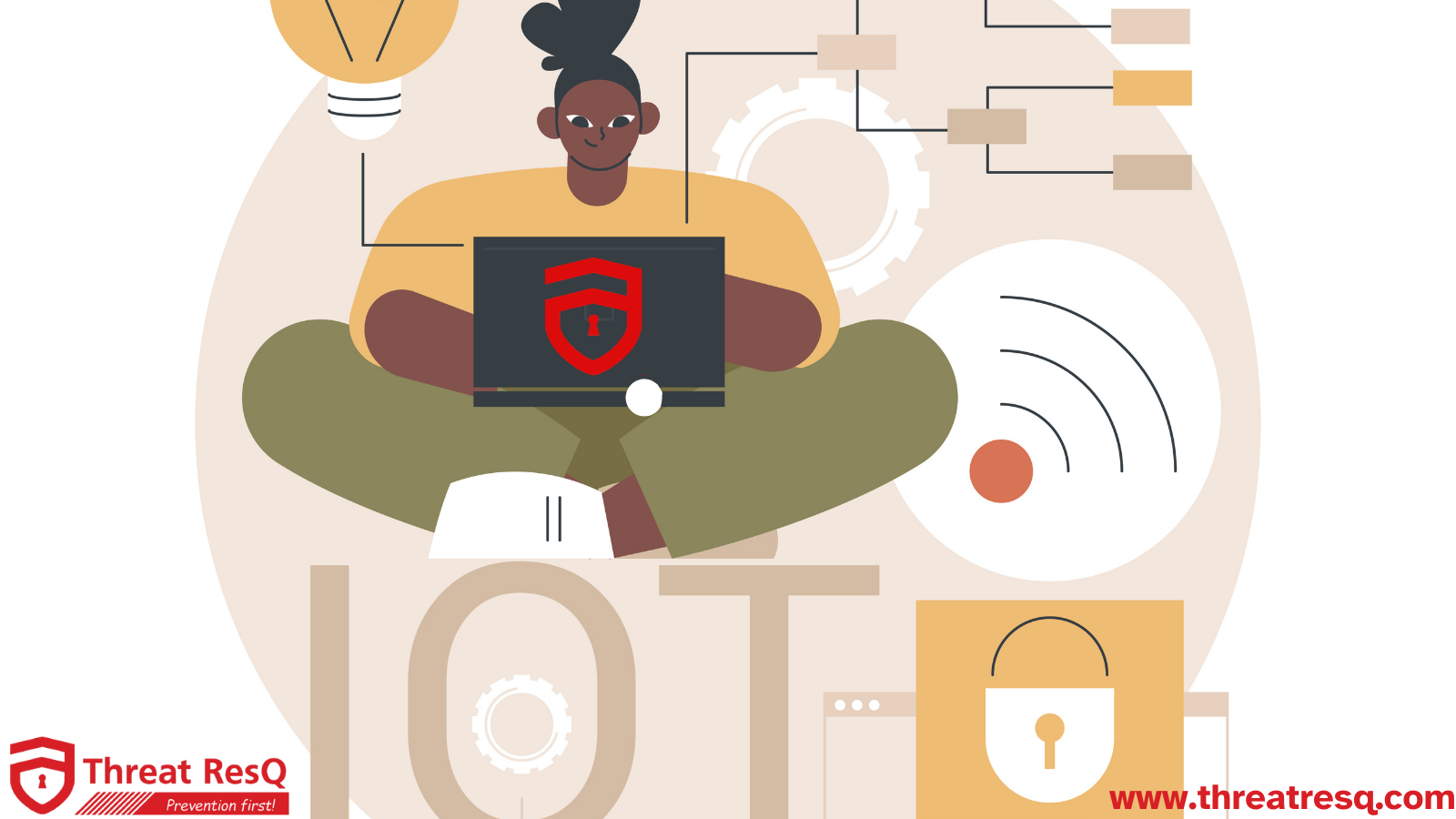
Cyber Resilience of Systems and Networks
In this ongoing digital era, where most business activities are now being operated through technology/online resources, organizations should, most importantly, be ready for the upcoming and rising cyber threats.
In this blog, ThreatResQ will help you explore the best practices for setting up cyber resilience and how ThreatResQ is helping organizations achieve vigorous cybersecurity defenses.
Organizations can improve their cyber resilience by implementing accurate defense strategies, incident response planning, and extensive employee training.
What Is Cyber Resilience?
Being resilient means having the capability to recover quickly from the difficulties that an organization should face. Cyber resilience simply means the potential of an organization to detect, respond to, and recover from cyberattacks. It is like having a suit of armor for an organization’s digital operations.
In short, Cyber resilience is about staying prepared, strong, and tough. So, if any kind of cyberattack happens on your organization’s infrastructure, you will be ready to recover quickly and keep things running smoothly.
ThreatResQ understands the importance of a holistic approach to cybersecurity and provides solutions that address all aspects of cyber resilience, including prevention, detection, response, and recovery.
Cyber Resilience Framework
1. Prepare Strategies and Policies:
At the first stage of the cyber resilience strategy framework, the organization has to create vigorous cyberinfrastructure and policies related to cyber governance. Also identify the defense strategies to identify and address the known weaknesses and vulnerabilities by analyzing past cyber events, which is basically known as threat intelligence.
2. Protect Your Assets:
In this stage, the organization identifies the critical infrastructure services and then develops an adaptive cyber defense framework that can stand firm against cyber threats while maintaining the smooth operation of the business.
3. Detection and Defense:
Now, The organization has to implement a proactive defense strategy to continuously keep an eye on the security defense of the organization’s infrastructure. Such as implementing 24*7 security monitoring through logs, where the timely monitoring is done through cron jobs to identify any anomalies.
4. Respond:
Keep the organizations ready to respond whenever needed in case of a cyberattack or mishap. An Incident Response team should be in action for such a case and should have a pre-planned procedure on how to respond to cyberattacks.
5. Recover:
In this last stage, Organizations should set up backup and restoration processes. Backups should be done periodically. Also, plan for alternative operations while any kind of cyber attack is happening on a critical customer-facing service of the organization.
How To Build A Cyber-Resilient Business?
1. Regular Security Assessments and Penetration Testing
ThreatResQ suggests doing frequent security assessments and penetration testing on your organization’s infrastructure and services. This helps find vulnerabilities and keep checks on how well the organization’s cyber defense works.
By emulating a number of real-world cyberattacks, organizations can find weaknesses in their defense structure and take care of them beforehand. This way, an organization can make its cyber defenses strong and rigid, which enhances overall cyber resilience.
2. Proactive Defense Strategies: Prevention and Mitigation
ThreatResQ provides organizations with the tools and measures to be proactive in defending against cyber attacks or threats. Such proactive measures include having rigid firewall settings, automated systems that can spot intrusions, and protection for sensitive endpoints.
Organizations can find and fix the vulnerabilities before they’re taken advantage of, by always keeping an eye on the network traffic logs, using threat intelligence info about threats, and regular VAPTs.
3. Incident Response Planning: Preparedness for Cyber Attacks
ThreatResQ really stresses how important is incident response planning to achieve cyber resilience. By making a clear-cut incident response plan on how to approach and handle incidents, organizations can state their roles and responsibilities more clearly.
Such a plan will help outline the step-by-step guide for detecting and recovering from cyber-attacks. ThreatResQ is great at providing expert guidance to put together all the above plans, making sure they fit the organization just right.
4. Continuous Monitoring and Threat Intelligence
ThreatResQ provides cybersecurity solutions that can keep a constant watch on the networks and system to monitor the traffic to detect threats in real-time and respond to them quickly.
By using threat intelligence data collected, organizations can get important details about new cyber-related threats, attacker techniques, and vulnerabilities.
This way, organizations can make educated decisions, take preventive measures and act wisely to make infrastructure safer and strengthen their cyber defenses.
5. Employee Training and Awareness: Strengthening the Human Firewall
Employees have a major role in keeping cyber defenses strong. ThreatResQ gives comprehensive employee training and awareness programs to strengthen the human firewall i.e., the employees.
Organizations should educate and make their employees aware of the impact of digital threats like phishing tricks and sneaky social engineering and how they can be safe around them.
Conducting regular sessions will keep them updated about the ongoing security scenarios.
Are There Any Benefits to Cyber Resilience?
As we read earlier, resilience refers to the recovery capabilities and continuity of organizations. It is quite important in the current cybersecurity landscape.
Continuous technological advances have made it necessary for organizations to be flexible and adaptable in order to keep operations going. An organization with a good cyber-resilient structure can enjoy numerous benefits, including:
1. Continuity and Trust:
It makes sure that the business’s services keep running, even during cyberattacks. This makes the customer experience good and trustworthy by not causing frequent downtime.
2. Reducing the Risks:
Finding weaknesses and vulnerabilities and dealing with them helps organizations avoid major cyberattacks like data breaches. This saves the organization money and keeps its name clean.
3. Avoiding costly penalties:
When an organization is good at handling cyber issues, it can spot and safeguard the data it gathers from users, customers, etc., following the legal rules set by the government. This keeps the organization’s money safe by not spending on fines due to penalties or getting into legal trouble for any kind of data breach or compromise with user data.
4. Rare to no Security breaches:
Organizations experience security breaches rarely, if at all, by keeping a strong focus on cyber resilience. Organizations build up their defenses, monitor workflow and traffic, and respond to possible threats. This lowers the chances of major cyberattacks on the organization’s infrastructure.
Why Is Cyber Resilience Important?
A strategy for cyber resilience is important for businesses to keep the continuity of operations flowing. This not only helps in improving the company’s security posture but also helps in avoiding major financial losses and preserving the organization’s reputation by minimizing the impact.
It helps the organization win and maintain the customer/client’s trust by ensuring the company’s great recovery capability in case of any mishap. Such resilience capabilities help organizations minimize downtime so that customer-facing services are always accessible and functional.








